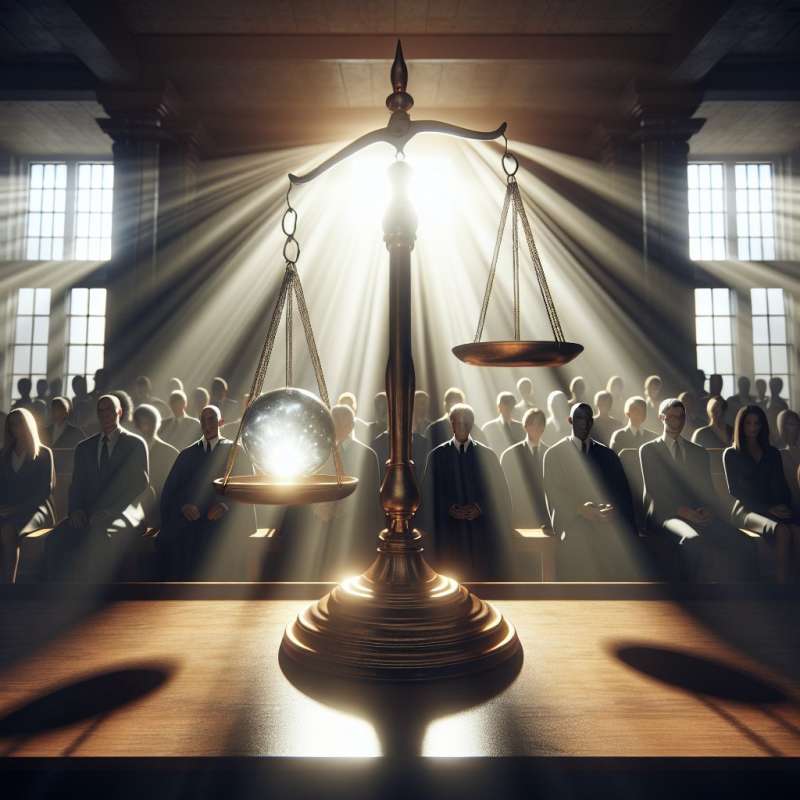
Introduction to Evidence Rules
Evidence determines the outcome of trials. The '5 Be's' are foundational rules ensuring evidence is legally admissible and relevant. This lesson explores these crucial guidelines within legal proceedings.
Be Authentic, Ensure Integrity
Authenticity is paramount. Evidence must be genuine and unaltered. Chain of custody protocols safeguard integrity, preventing tampering from collection to courtroom presentation. Authenticity impacts the evidence's admissibility and credibility.
Be Relevant, Establish Connection
Relevance ties evidence directly to the case. Irrelevant information is excluded, as it can mislead or confuse the jury. Evidence must relate to proving or disproving a fact in question, ensuring trials remain focused and fair.
Be Reliable, Trustworthiness Key
Evidence reliability is scrutinized. Eyewitness accounts require corroboration due to memory fallibility. Forensic methods are assessed for scientific validity. Reliable evidence strengthens a case, whereas questionable sources may lead to doubts and dismissal.
Be Probative, Not Prejudicial
Evidence should be probative, not merely prejudicial. It must contribute to resolving factual disputes, not just influence the jury's emotions. Judges often balance probative value against potential prejudice to ensure fair proceedings.
Be Complete, Avoid Ambiguity
Completeness ensures understanding. Partial or out-of-context evidence can misrepresent the truth. Courts require comprehensive evidence to provide a clear and accurate picture of the facts, thus guiding informed and just decisions.
Conclusion: Upholding Justice
The '5 Be's' of evidence underscore the commitment to integrity within the legal system. By adhering to these principles, the pursuit of truth and the delivery of justice are upheld in courtrooms everywhere.
What underpins legal evidence admissibility?
The '5 Be's' foundational rules
The judge's personal discretion
The lawyer's experience level
Company